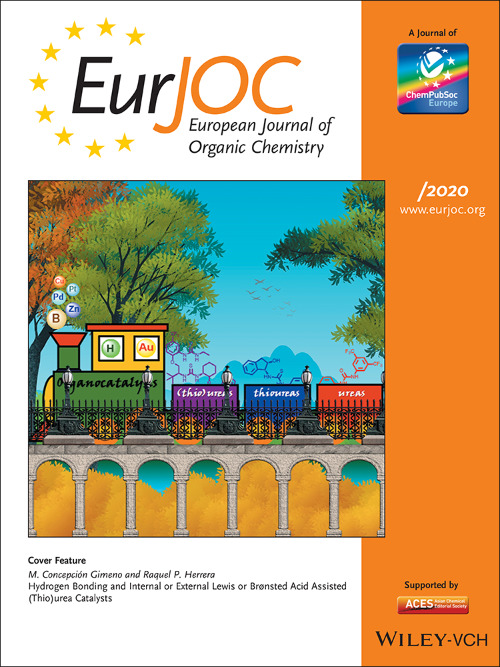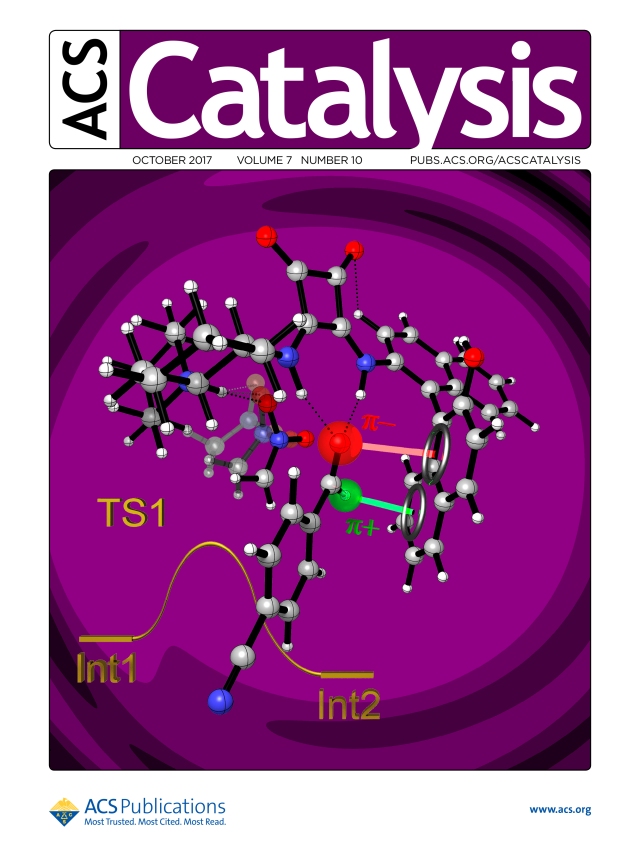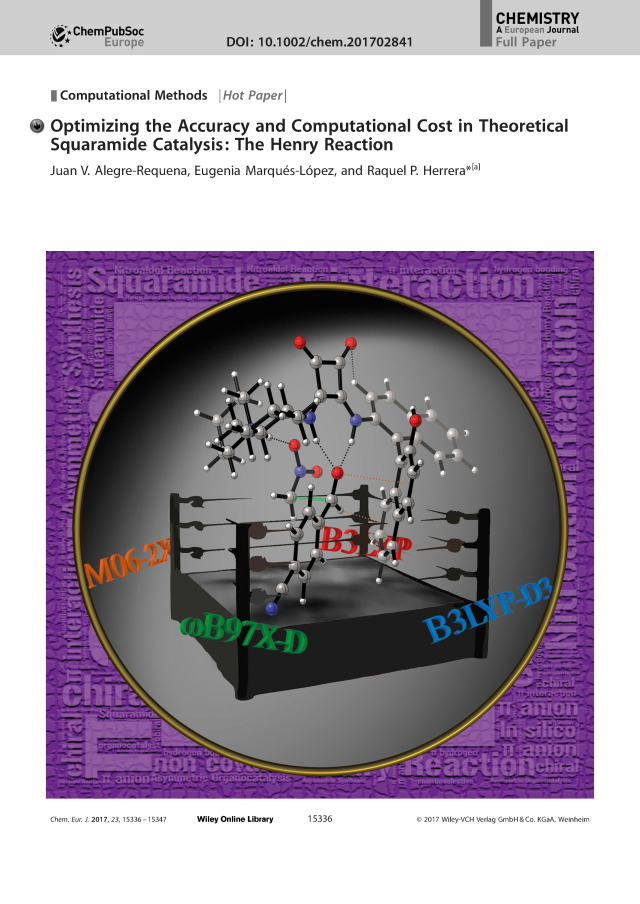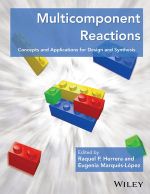In this review paper, Raquel compiles and describes pioneering and most recent examples of how new stereogenic center can be created, using organocatalytic transfer hydrogenation methodologies.
Organocatalytic Transfer Hydrogenation and Hydrosilylation Reactions. Herrera, R. P. Top. Curr. Chem. 2016, 374, 29. DOI: 10.1007/s41061-016-0032-4. This article is part of the Topical Collection “Hydrogen Transfer Reactions”; edited by Gabriela Guillena, Diego J. Ramón.
Abstract. The reduction of different carbon–carbon or carbon–heteroatom double bonds is a powerful tool that generates in many cases new stereogenic centers. In the last decade, the organocatalytic version of these transformations has attracted more attention, and remarkable progress has been made in this way. Organocatalysts such as chiral Brønsted acids, thioureas, chiral secondary amines or Lewis bases have been successfully used for this purpose. In this context, this chapter will cover pioneering and seminal examples using Hantzsch dihydropyridines 1 and trichlorosilane 2 as reducing agents. More recent examples will be also cited in order to cover as much as possible the complete research in this field.
Keywords. Transfer hydrogenation, Organocatalysis, Hantzsch ester, Trichlorosilane, Phosphoric acid, Aminocatalysis, Thioureas, Lewis bases, Reduction, Hydrosilylation


















